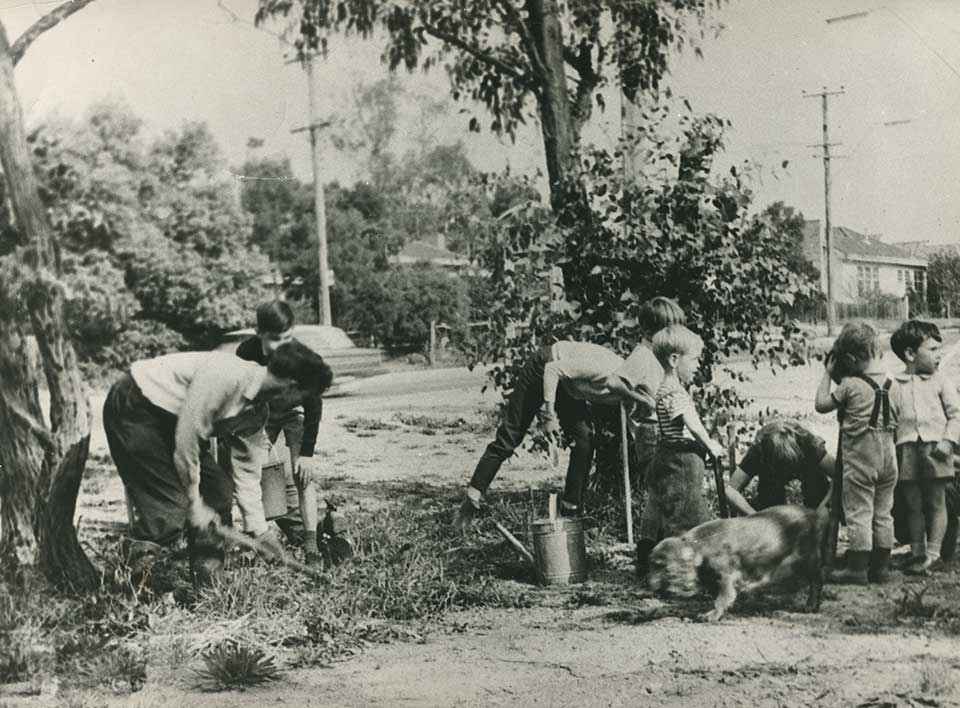Victorian Landcare Magazine - Spring 2017, Issue 70

The Blackburn and District Tree Preservation Society is one of Victoria’s oldest environmental groups. The society has been fighting for the trees since the1950s when residents of Blackburn, in Melbourne’s east, questioned the over-clearing of indigenous bushland for residential development.
Residents in Blackburn, then in the City of Nunawading (now the City of Whitehorse), believed that community action, political lobbying and perseverance was required to protect and enhance the environment. The first meeting of the Society in 1959 attracted 123 members.
The Society has promoted indigenous plants, opposed the destruction of trees through inappropriate development, published newsletters, plant guide booklets and indigenous plant posters, and most recently a book on the Society’s work going back to 1959.
The Society lobbied for the first Victorian government and council-sanctioned tree controls, that were introduced in the 1980s. These controls have now become overlays in the City of Whitehorse Planning Scheme for significant landscapes, environmental significance and vegetation protection. The Society also lobbied for the election of community councillors, a conservation officer and tree education officer.
More recently the Society supported the establishment of Community Parkland Advisory Committees that are unique to the City of Whitehorse.
From 2012 to 2016 the Society battled alongside other community groups to save the Healesville Freeway Reserve in the Forest Hill and Vermont South areas as open space rather than residential development. The reserve contains important habitat and biolink values and shares borders with the Bellbird Dell Bushland Park. The fight was won and the proposed park will be the largest bushland park within the City of Whitehorse.
The current Chairman of the Society, David Berry, has been involved with the group for almost 30 years. David says as soon as one environmental issue is resolved in the area there’s another one to tackle.
“The constant need to monitor and engage with what’s happening in our local environment has refreshed and regenerated the Society over the years.
“Most recently we saw the removal of 500 trees due to level crossing removal works in Blackburn and Heatherdale. We advocated for large-scale offset planting within Whitehorse and won, so that’s a boost for the Society and encourages us
to keep going.”
David recalls a journalist criticising the Society in the past for putting trees before people.
“To my mind if there are no trees, there are no people. Our challenge for the future is that the core group of the Society is getting older. There are new, younger people moving into the area, but they don’t necessarily have the environmental memory of this special place. The work of educating new residents on tree preservation is constant.
“Whenever I see a native tree go down in a residential garden I make a mental note to put three back into our local park,” David said.
A recent satellite photograph showing Melbourne’s metropolitan area taken at more than 100 kilometres altitude shows the suburbs of Nunawading, Blackburn North, Blackburn South and Forest Hill as bright patches of green surrounded by grey.
The energy, tenacity and perseverance of the Blackburn and District Tree Preservation Society has paid off.
The Society has promoted indigenous plants, opposed the destruction of trees through inappropriate development, published newsletters, plant guide booklets and indigenous plant posters, and most recently a book on the Society’s work going back to 1959.